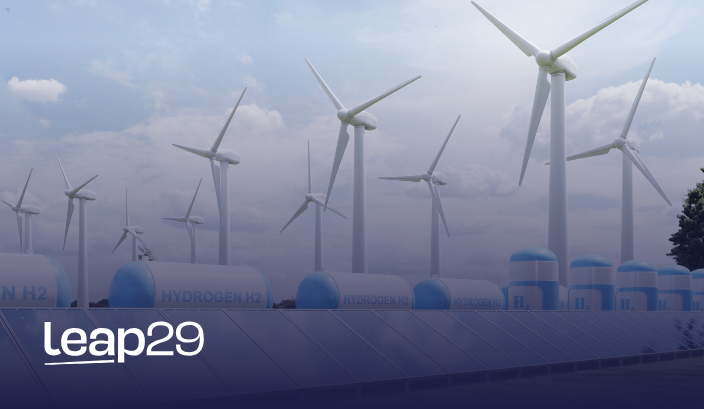Carbon Capture and Storage (CCS) and Hydrogen Power: Promising Solutions for Reducing Greenhouse Gas Emissions
Carbon capture and storage (CCS) and hydrogen power are two of the most promising technologies for reducing greenhouse gas emissions in the United States and globally. As the US aims to transition to a cleaner and more sustainable energy future, these technologies are likely to play a significant role in achieving this goal.
Carbon Capture and Storage (CCS)
CCS involves capturing carbon dioxide (CO2) emissions from power plants, industrial processes, and other sources, then storing them deep underground in geological formations. This technology has the potential to significantly reduce emissions from fossil fuel-based power generation, which is still a major source of electricity in the US. According to the US Department of Energy, CCS has the potential to reduce emissions from power plants by up to 90% plus.
The development of CCS technology is seen as a priority for the US government, and significant funding has been allocated to support research and development in this area. For example, the Carbon Capture Provisions in the Inflation Reduction Act of 2022 provide a financial incentive for companies to invest in CCS technology.
- Data released by BloombergNEF (Bnef.com) showed a surge in CCS investment in the US in 2022, which took the country to the lead for capital deployed in the sector, with a 45% share of the global market, equivalent to about $2.8 billion.
Hydrogen Power
Hydrogen can be produced from a variety of sources, including natural gas, biomass, and renewable energy sources like wind and solar power. When used in fuel cells, hydrogen produces electricity without emitting greenhouse gases. The use of hydrogen in fuel cells is still in the early stages of development, but there has been significant progress in recent years.
The transportation sector is one area where hydrogen fuel cells have the potential to make a significant impact. The use of hydrogen in power generation is another potential application. Hydrogen can be used in gas turbines to produce electricity, and some power plants are already exploring this technology.
Challenges and Opportunities
One of the challenges for both CCS and hydrogen power is the cost and expertise needed. Both require significant investment in infrastructure, and the cost of producing hydrogen is still relatively high. However, as with other clean energy technologies, the cost should decrease as the technology develops and economies of scale are achieved as seen in solar and wind.
The future of CCS and hydrogen power in the US, while in its infancy, is promising. Both technologies have the potential to significantly reduce greenhouse gas emissions and play a significant role in the country’s transition to a cleaner and more sustainable energy future.
While there are challenges to overcome, the significant investments being made in these technologies by both the public and private sectors are likely to lead to great progress in the coming years.





